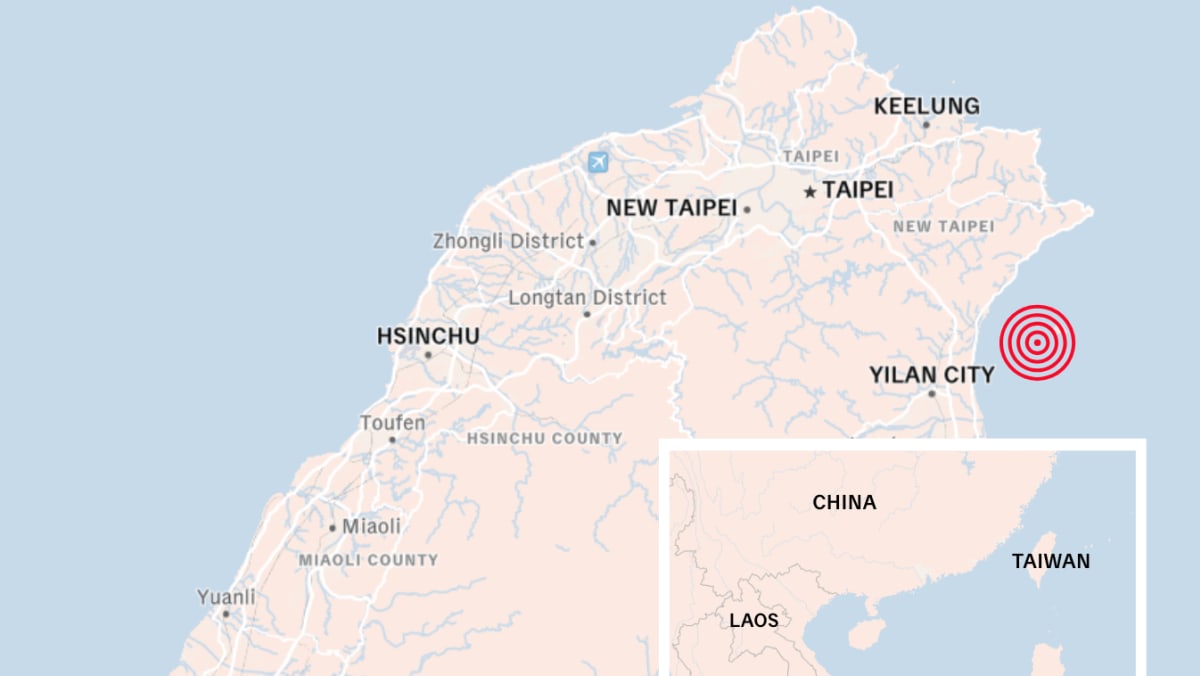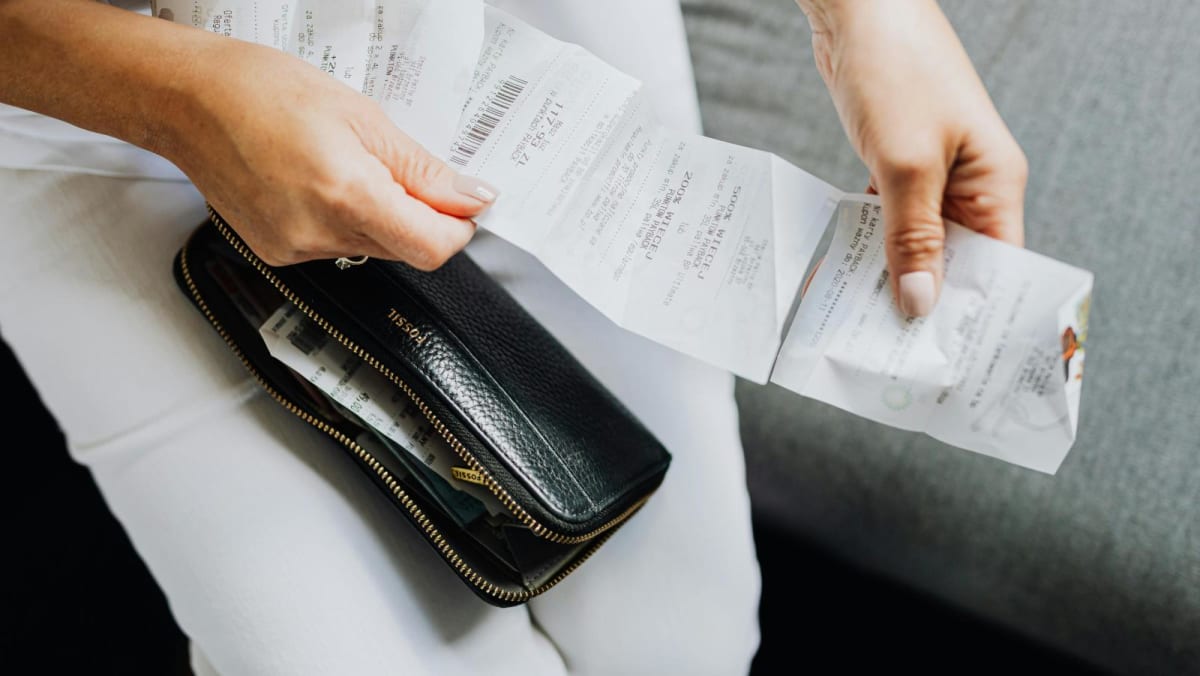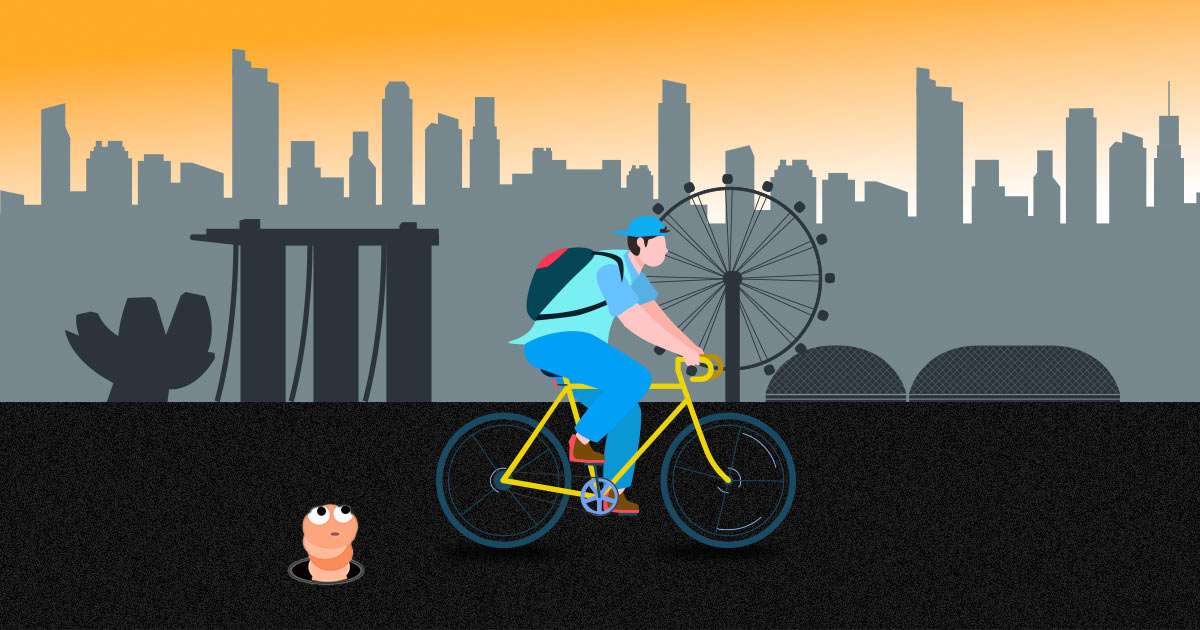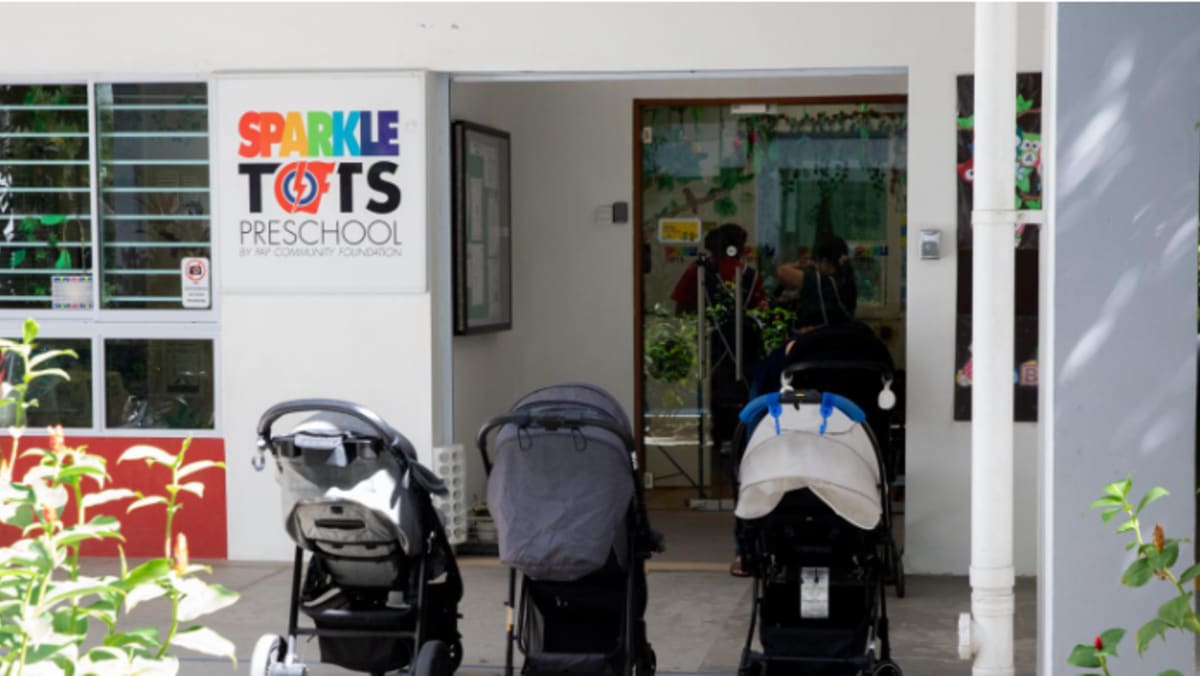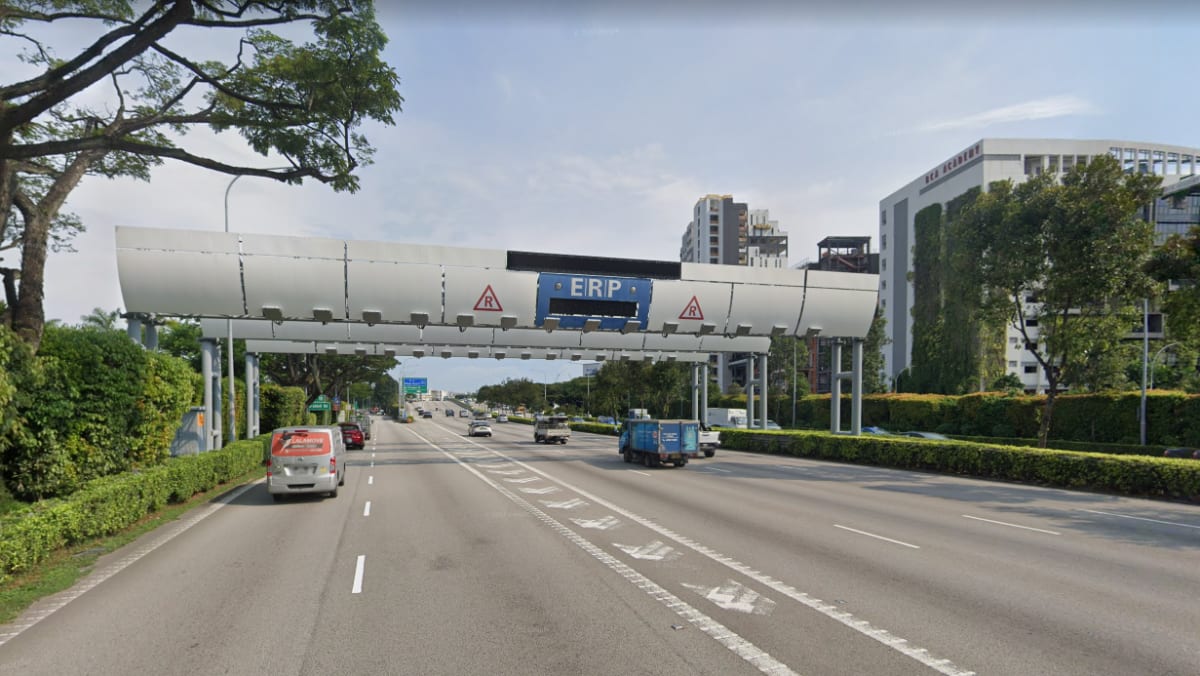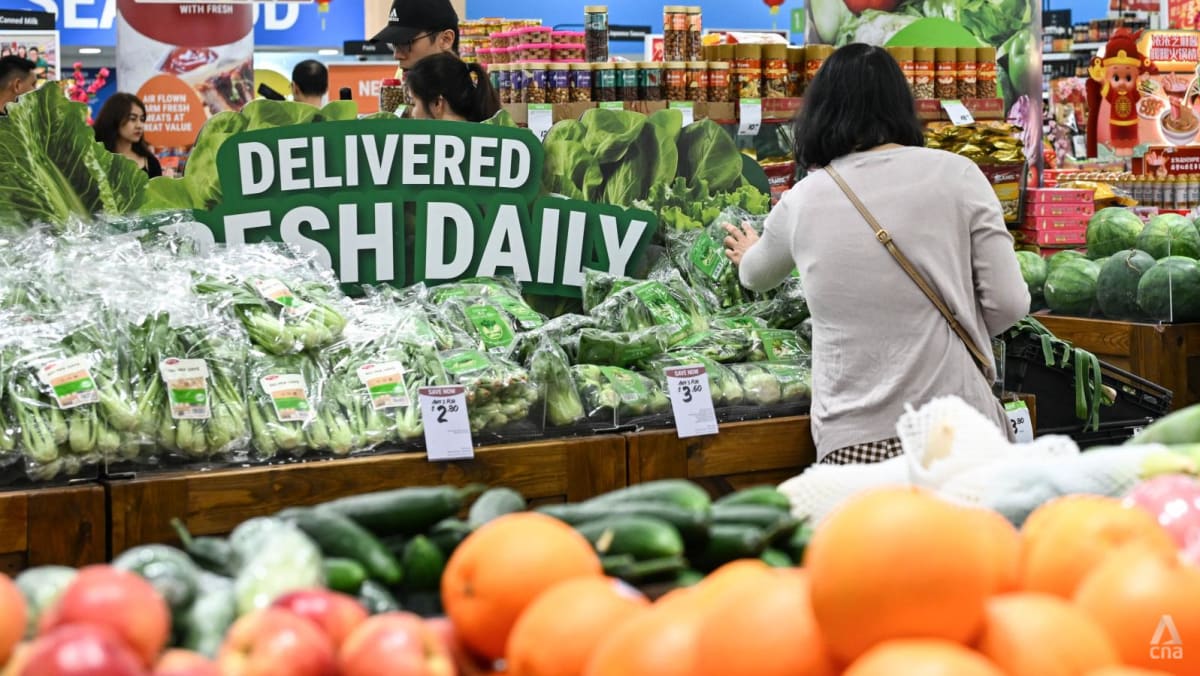SINGAPORE: I recently bought a cup of coffee at a cafe in Ang Mo Kio through a self-ordering machine. For 15 long seconds, the machine dispensed sheet after sheet of paper.
The first was an itemised bill with an order number. The second was also an itemised bill, but formatted differently. And the third was, shockingly, an itemised bill.
As soon as I picked up my solitary order of one hazelnut latte, all three chits went into a rubbish bin conveniently located next to the counter – unironically labelled “receipts only”.
I go through a similar process several times a week across different storefronts around Singapore. A horrible case of food poisoning aside, I cannot imagine a scenario in which I need documentation to prove what I bought and when, let alone multiple copies of the same evidence.
Public conversation on consumer sustainability often centres on plastic – shopping bags, straws, packaging and so on. But even as we move towards cashless transactions, rarely do we notice the slips of paper we receive with our purchases.
In the United States alone, receipts use over 3 million trees and around 10 billion gallons of water every year, reported non-profit Green America.
It all just seems like a terrible waste of paper – one that seems especially odd in a self-proclaimed smart nation such as Singapore.
Why are so many establishments still using the archaic paper receipt for inconsequential day-to-day transactions?
